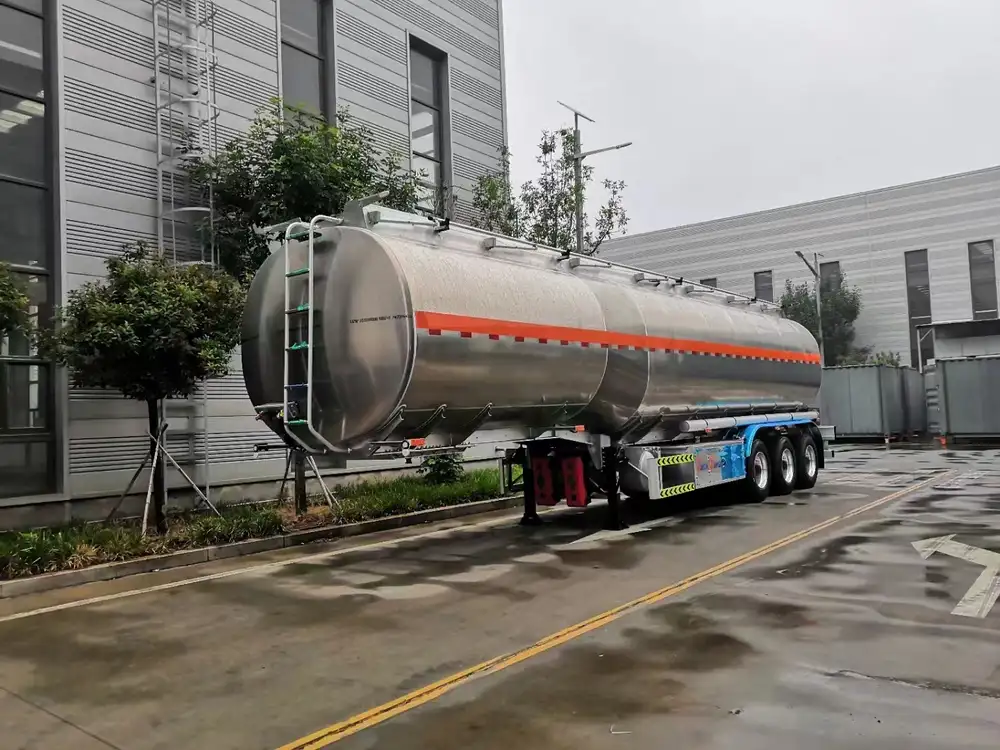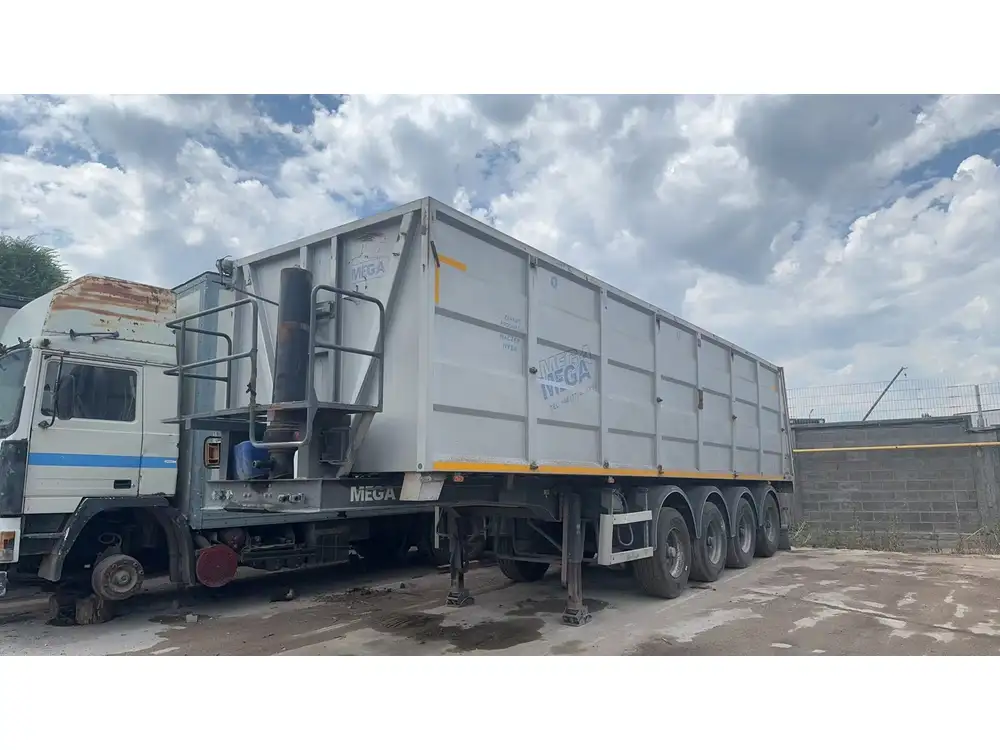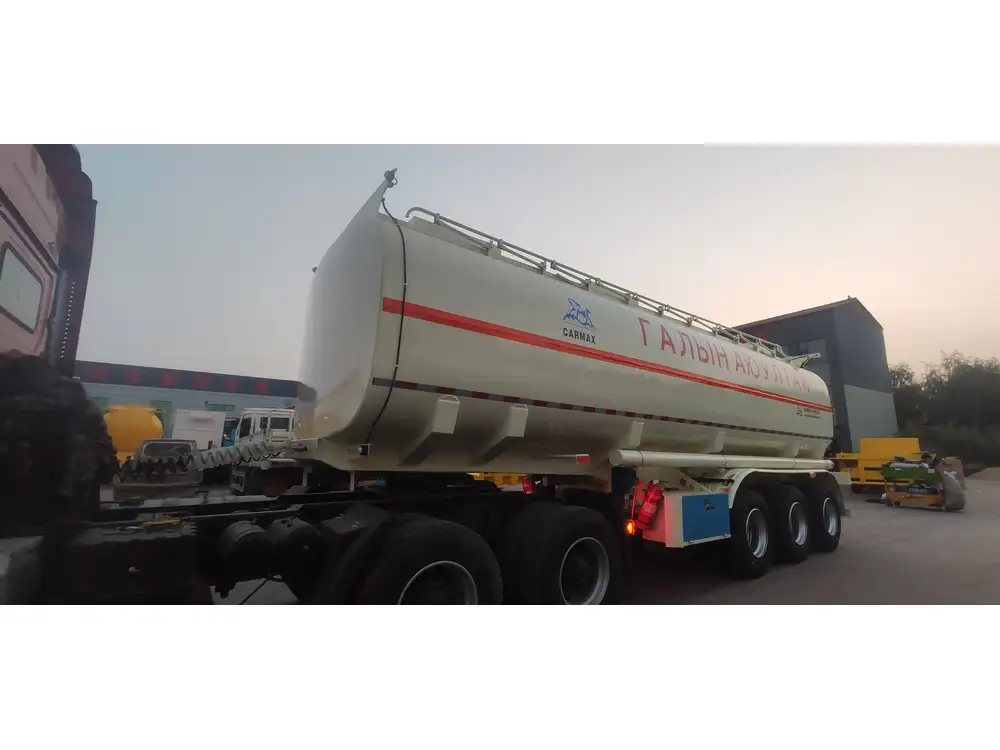Successfully loading two RV trailers onto a flatbed trailer is a task that requires precision, planning, and an understanding of best practices in weight distribution and safety measures. In this detailed guide, we will explore the entire process, covering every aspect from preparation to execution.
Understanding Your Flatbed Trailer
Types of Flatbed Trailers
Before embarking on the loading process, it is crucial to understand the type of flatbed trailer you are using. Generally, you will encounter the following types:
| Type | Description | Best Use Cases |
|---|---|---|
| Standard Flatbed | A simple platform with no sides, allowing for flexibility. | General transportation of various loads. |
| Lowboy Trailer | Designed to haul heavy equipment at low clearance. | Construction equipment transport. |
| Step Deck Trailer | Features a lower deck section, allowing taller loads to be transported. | Hauling taller trailers like RVs. |
Understanding the specifics of your trailer aids in ensuring safe loading and transportation.

Weight Capacity and Balance
The weight capacity of your flatbed trailer is critical. This includes understanding the Gross Vehicle Weight Rating (GVWR) and the Maximum Load Limits specific to your trailer model. Overloading a trailer can lead to dangerous handling characteristics. Consider the overall weight of both RVs, ensuring it does not exceed your flatbed trailer’s maximum capacity.
Calculating Weight Distribution
Proper weight distribution is key to maintaining control while driving. When loading two RVs, aim for a balanced load where weight is evenly distributed across the trailer. This prevents swaying and enables safer handling.
Tools and Equipment Necessary
Before getting started, gather the necessary tools and equipment:
- Ramps: Heavy-duty ramps designed for safe trailer loading.
- Straps: Ratchet or cam buckle straps that are rated for heavy loads.
- Wheel Chocks: To prevent movement when loading.
- Padded Blankets: For protecting both RVs during the loading process.
- Measuring Tape: For determining adequate distances and ensuring proper placement.

Step-by-Step Loading Instructions
Step 1: Preparation of the Site
Choose a flat, stable surface to load your RVs. Ensure the area is free from debris and that you have enough space for maneuvering the flatbed trailer and the RVs.
Step 2: Position the Flatbed Trailer
Back the flatbed trailer up to the designated loading area, making sure it is level. Engage the parking brake to prevent any movement during loading.

Step 3: Check the Ramps
Ensure that the ramps you are using are securely positioned and rated for the weight of the RVs. Factors such as incline, traction, and stability are crucial at this stage.
Step 4: Load the First RV
- Align the RV: Drive the first RV onto the trailer, ensuring it is straight and aligned with the center of the trailer.
- Positioning: The front of the RV should be placed as far forward as possible to maintain proper weight distribution.
- Secure the RV: Once in position, use wheel chocks behind the tires to prevent any rollback. Secure the RV with ratchet straps, ensuring that they are tightly fastened without risking damage to the RV’s frame.
Step 5: Load the Second RV
- Approach the second RV: Similar to the first, ensure that the second RV is aligned with the ramp. Drive it slowly onto the trailer without accelerating suddenly.
- Optimal Positioning: Place the second RV next to the first, ensuring there is enough space between them for potential movement. Positioning directly behind the first RV may help balance weight but should be assessed based on the RV weights.
- Securing the Load: Just as with the first RV, secure the second RV using wheel chocks and ratchet straps. Pay extra attention to secure all connection points.

Step 6: Final Safety Checks
After both RVs are loaded and secured, it’s time to conduct a final inspection:
- Double-check all straps and chocks.
- Ensure there are no obstructions preventing the tie-downs from fully securing the RVs.
- Verify the load distribution; it may be helpful to have a second pair of eyes for this task.
- Check trailer lights and connections.
Safety Considerations When Loading RV Trailers
Risk Mitigation
Loading RVs onto a flatbed trailer comes with inherent risks. To mitigate these risks:
- Always use appropriate safety gear: This includes gloves, hard hats, and proper footwear.
- Have a spotter: A second person can help guide the RV as it moves on and off the trailer, ensuring clear visibility around blind spots.
- Plan for emergencies: Keep a first-aid kit and a fire extinguisher on hand.

Road Regulations and Compliance
It is vital to be aware of local and state regulations when transporting RVs. Ensure your flatbed trailer is compliant with all necessary safety standards, including trailer lighting, weight restrictions, and required permits.
Troubleshooting Common Loading Issues
If the RV Won’t Fit
On occasions, RVs may not fit as planned. To troubleshoot this, consider:
- Assessing the Route: Re-evaluate the driving route to ensure there are no low clearances or sharp turns.
- Repositioning the RVs: If there is a width issue, try repositioning them slightly, ensuring you maintain balance.

If the Trailer Sways
If you experience trailer sway during test drives after loading, check:
- Weight Distribution: Confirm that the weight is balanced correctly.
- Tire Pressure: Ensure all tires on both the flatbed and RVs are inflated to the recommended levels.
- Tightness of Straps: Ensure all tie-downs are properly tightened.
Best Practices for Transporting Loaded RVs
Planning the Route
Select a transporting route that avoids low bridges and roads that cannot accommodate larger vehicles. Use updated GPS systems that can provide alternative pathways if needed.

Speed Control
When transporting loaded RVs, it is crucial to maintain lower speeds. A lower speed improves stability and minimizes the chances of swaying.
Regular Checks During Transport
Conduct regular stops during transportation to inspect the load. Check tie-downs, wheel chocks, and tires for wear or loosening.
Emergency Protocols
Know how to handle potential emergency situations:
- If you encounter road closure or blockage: Have an alternative route planned prior to departure.
- In case of a breakdown: Carry roadside assistance contacts, and ensure all RVs are equipped with appropriate emergency kits.

Conclusion
Loading two RV trailers onto a flatbed trailer is a detailed process that demands attention to safety, weight regulations, and best practices. By understanding the specifics of your trailer, following a structured loading approach, and being mindful of safety considerations, you can effectively and efficiently transport your RV trailers.
With the right tools, knowledge, and mindset, not only can you ensure safe travel for your RVs but also maintain peace of mind throughout the journey. By following this comprehensive guide, you are well-equipped to tackle what may often seem like a daunting task with confidence and professionalism.



